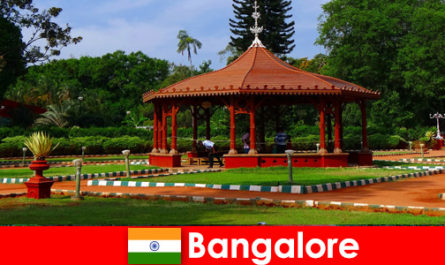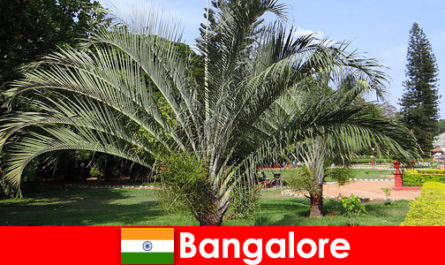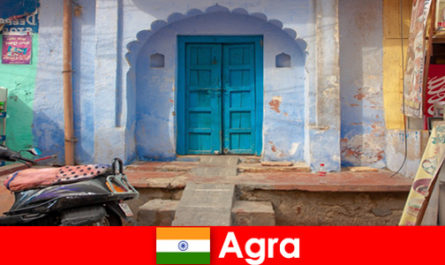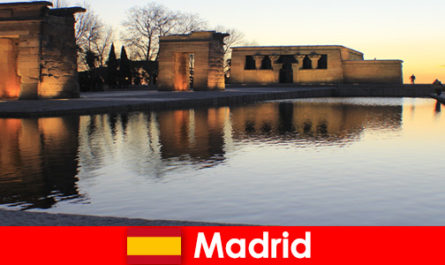Agra is located in the state of Uttar Pradesh, in northern India. For vacationers visiting India, the city is an absolute travel tip, because here, in this large, but rather inconspicuous city of millions, lies one of the new seven wonders of the world – the Taj Mahal. Overnight stays in the metropolis are definitely worthwhile for the holidaymaker, because the city has a lot more to offer than the impressive, imposing and beautiful Taj Mahal.
Agra, the “entrance door” to a wonder of the world
The Taj Mahal is the city’s top attraction. The breathtaking, snow-white tomb with all its towers and domes rises 68 meters high and 57 meters wide above the city, on the banks of the Yamuna River. It is not only the symbol of India and one of the most beautiful buildings in the world, but the symbol of imperishable love. Grand Mughal Shah Jahan created this structure to honor his only great love, Mumtaz Mahal, who died when their 14th child was born in 1631.
The white marble is decorated with an infinite number of semi-precious stones, in which the rising or setting sun is reflected. The facades as well as the tombs of Mumtaz Mahal and Sha Jahan adorn very fine, delicate floral reliefs. The Taj Mahal is a popular travel destination for newlyweds in India. The love of the two should be made permanent and strengthened with the visit.
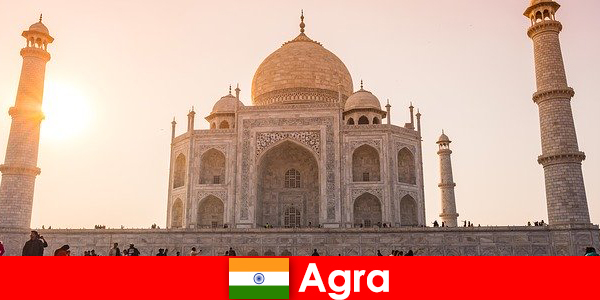
The Red Fort – a palace from the times of the Mughal emperors
In addition to the Taj Mahal, the Red Fort is one of the city’s major attractions. The imposing palace complex was built by Akbar the Great in 1565 and expanded by Shah Jahan. The palace complex is approximately 2.5 kilometers from the Taj Mahal. In this palace, only with a distant view of his beloved wife’s tomb, Sha Jahan was disempowered by his son Muhammad Aurangzeb Alamgir and placed under house arrest, where he finally died in 1663.
In 1983, the fortress and palace complex built from sandstone slabs was included in the UNESCO World Heritage Site. Parts of the palace complex are used for military purposes today and may not be entered by the public.
Mausoleums – the tombs from the past
The Akbar Mausoleum and the Itimad-ud-Daulah Mausoleum are two other beautiful tombs that the country and the city of Agra have to offer. The visitor enters the Akbar Mausoleum through a mighty gate, which is almost even more impressive than the mausoleum itself. The construction was started under the direction of Akbar, who was involved in the planning of his own tomb. The largest tomb in India was only completed by his son in 1613. The minarets of the beautiful building are made entirely of marble and resemble the minarets of the Taj Mahal.
The tomb is surrounded by a large, quiet garden where you can see peacocks, antelopes and monkeys. The Persian-style garden is divided into four parts and gracefully designed with meadows, watercourses and flower beds. The Itimad-ud-Daulah Mausoleum is popularly known as the “Baby Taj Mahal”. The relatively small tomb, built between 1622 and 1628, is the inspiration for the Taj Mahal. Small but beautiful: the wonderful tomb is decorated all over with stucco work, paintings, wall niches and Jali windows and, like the other sights of the city, inspires culture lovers from all over the world.
Travel tip India – culture, history and beauty
India is worth more than a trip and the city of millions on the banks of the Yamuna River shows a variety of it with its sights, the breathtakingly beautiful botanical garden opposite the Taj Mahal and the many winding streets and alleys.
 Dansk
Dansk Deutsch
Deutsch Español
Español Français
Français Indonesia
Indonesia Italiano
Italiano Magyar
Magyar Melayu
Melayu Nederlands
Nederlands Polski
Polski Português
Português Русский
Русский Română
Română Tiếng Việt
Tiếng Việt Türkçe
Türkçe Українська
Українська български
български Ελληνικα
Ελληνικα 한국어
한국어 हिन्दी
हिन्दी 日本語
日本語 简体中文
简体中文